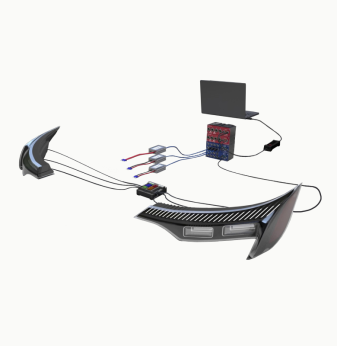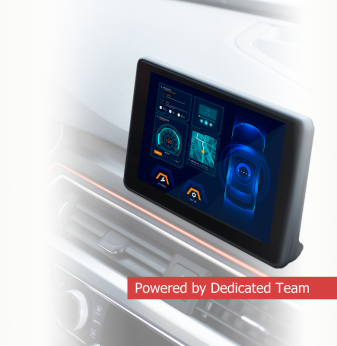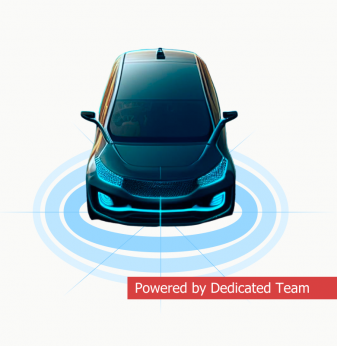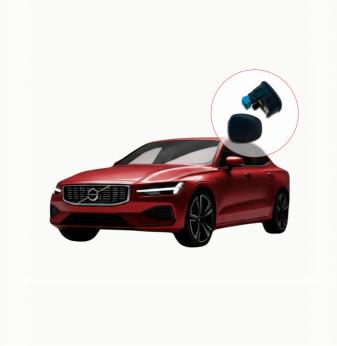Why Everyone Talks About E/E Architectures? Explaining the Trend in Plain Language

Electrical/Electronic (E/E) architecture is the blueprint of how all electronics, software, wiring, sensors, ECUs, and networks connect in a vehicle. Traditionally, each function had its own ECU and wiring harness, but rising complexity, EV platforms, ADAS and connectivity shifted the industry toward domain-based, zonal and centralized E/E architectures. This article breaks down why that matters, how it works, and what engineers need to know.
What is E/E architecture and why it matters
E/E architecture defines how electronics and software components interconnect across systems such as powertrain, safety, infotainment, ADAS, body control and connectivity. It encompasses hardware, software, network and wiring as one unified design. As vehicles add more sensors, cameras, driver assist features and connectivity, the old distributed ECU model no longer scales. Engineers must now design scalable architectures that support OTA updates, centralized compute and future platform flexibility.
The evolution: from distributed to centralized
In the 1990s, vehicles had simple electrical systems and a handful of microcontrollers. By the early 2000s, modern cars contained hundreds of ECUs and kilometers of wiring harness. Today’s leading EV platforms often reduce ECU counts dramatically by consolidating functions into a few domain controllers or central compute units. This reduces harness complexity and improves update flexibility and cost structure.
Domainbased vs zonal vs centralized architectures
Domainbased E/E architecture
Here, functions are grouped into domains like powertrain, infotainment, climate or body control. Each domain has its own controller that consolidates multiple previous ECUs. This reduces ECU count and wiring complexity while preserving some modularity between domains.
Zonal architecture
The vehicle is divided into physical zones (e.g. front-left, rear-right sections). Zone ECUs manage local sensors and actuators and forward data to a central vehicle computer using highspeed Ethernet. This architecture further reduces wiring and clusters compute workloads in central nodes.
Vehicle-central / software-defined architecture
A few powerful central computers execute cross-domain logic, feature sharing, and over-the-air software updates. Local zone or domain ECUs still exist, but most compute-heavy or safety-critical functions run centrally, supporting the software-defined vehicle (SDV) concept.
Why E/E transformation matters
- Cost and weight reduction through fewer ECUs and shorter wiring
- Scalable vehicle platforms and faster time-to-market via OTA and modular software
- Support for software-defined features and continuous innovation without full hardware redesign
- Future readiness for safety, connectivity, autonomy and electrification
Industry reports show OEMs like BMW and VW are investing in zonal compute platforms and central architecture to support feature rollout and reduce complexity.
OEM and Tier1 supply chain impact
Automakers and Tier1 suppliers must evolve procurement and development models. Instead of sourcing dozens of small ECUs, teams now specify vehicle computers, zone controllers, and domain software stacks. Frameworks like AUTOSAR support cross-domain software portability and standardization. Supply chains shift toward building hardware platforms with layered software that updates independently.

Centralization tradeoffs and ASIL optimization
Centralized compute offers economy of scale and agility, but introduces latency, certification complexity and safety zoning. Emerging research proposes mapping software functions to hardware based on functional safety levels (such as ASIL decomposition) to optimize cost and performance. Designers must balance central compute power with redundancy, latency isolation and fail-safe partitioning.
Tips for engineers designing E/E systems
- Map safety-critical and latency-sensitive features to zone controllers; central tasks go to vehicle main compute unit
- Design network topology with high-bandwidth Ethernet backbones connected to zone and domain ECUs
- Use layered software frameworks (for example AUTOSAR) for reusability and scalability
- Simulate scaling scenarios as vehicle variants grow in sensor or feature count
- Coordinate safety (ISO 26262) and security (ISO 21434) practices across distributed and central platforms
- Prototype combined domain and zonal modules during architecture validation
Real-world architecture snapshots
Major OEMs are already shifting: BMW’s new platform uses four central computers to replace dozens of ECUs; VW is collaborating with software-native startups for zonal compute approaches. Geely’s GEA Evo architecture supports scalable zonal compute across BEVs and hybrids. This flexible architecture adapts across model variants while simplifying update and feature deployment.
Ford attempted to build a fully zonal architecture (FNV4) but pivoted to incremental domain-based evolution due to cost and vehicle portfolio diversity. This shows pragmatic tradeoffs between ideal architecture and deployment realities.
Certification, future readiness and middleware
New zonal E/E architectures require updated cybersecurity and middleware strategies to ensure safe OTA updates and compartmentalized communications. Developers must include mechanisms for intrusion detection, failover safe controllers, and secure service mesh between domains. Service-mesh architectures and virtualization layers are increasingly tested in modern vehicle compute stacks.
Promwad expertise in supporting modern E/E transition
Promwad helps clients adapt legacy architecture toward zonal and domain-based E/E designs by:
- Migrating ECUs into zonal or domain controllers
- Designing backbone network topologies with high-speed Ethernet
- Implementing AUTOSAR or custom embedded software frameworks
- Advising on trade-offs, safety partitioning and future scalability
- Supporting prototyping and system validation for central compute deployment
Summary: why E/E matters today
Electrical/Electronic architecture is now a foundational element enabling software-defined vehicles, scalable features, connectivity and safety. Legacy distributed ECU designs no longer meet modern demands. Domain consolidation and zonal architecture simplify complexity and provide flexibility. Software-defined vehicles require centralized compute and modular wiring. Engineers must align hardware topology, software frameworks and safety/security models. The path to future vehicle platforms lies through smarter, integrated E/E architecture design.
Our Case Studies



































